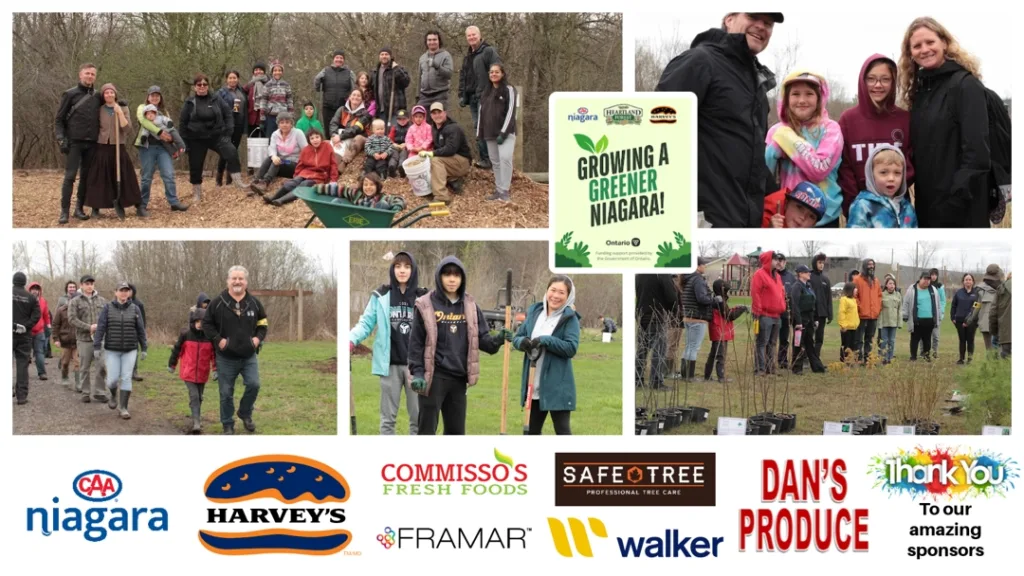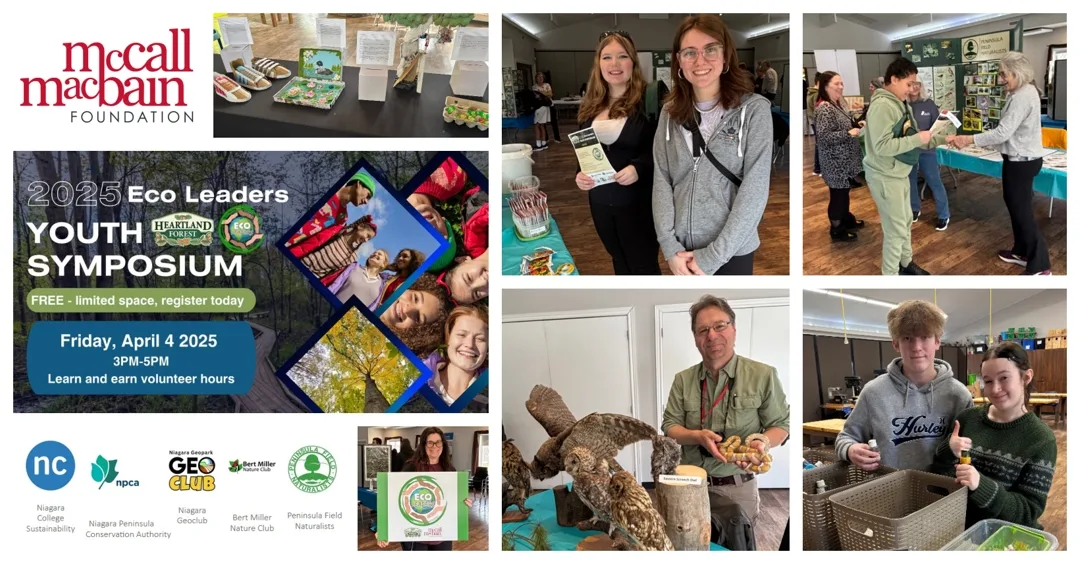Meet our Environmental Team!
LISA STATON, Forest Discovery Director: Lisa graduated from Niagara College with a General Arts and Sciences diploma followed by a Guelph University Environmental Conservation Certificate. She is a certified Interpretive Guide and Forest School Practitioner. She also has her High Five Certification; Ecological Land Classification Certification; Museum Exhibit Certification as well as Wilderness Survival training. Lisa has been working in this field for over 10 years.
MELANIE STEWART, Forest Discovery Program Coordinator: Melanie graduated from Lakehead University with an Honours Bachelors of Outdoor Recreation, Parks and Tourism and a Bachelors of Education. Recently, she received her Masters in Sustainable Development through the University of Sussex. She is passionate about outdoor experiential education and bringing the natural world to everyone.
LOUIS HARRIS, Environmental Education and Community Engagement: Louis is a member of the Six Nations with a Bachelor of Science from the University of British Columbia with a Double Major in Zoology; Earth and Environmental Science with an interest in Herpetology and Igneous Rock Petrology. He is also a graduate of Niagara College’s Primary Care Paramedic Program and a certified paramedic. We are thankful for Louis’ leadership with Indigenous Education and Health and Safety Support.
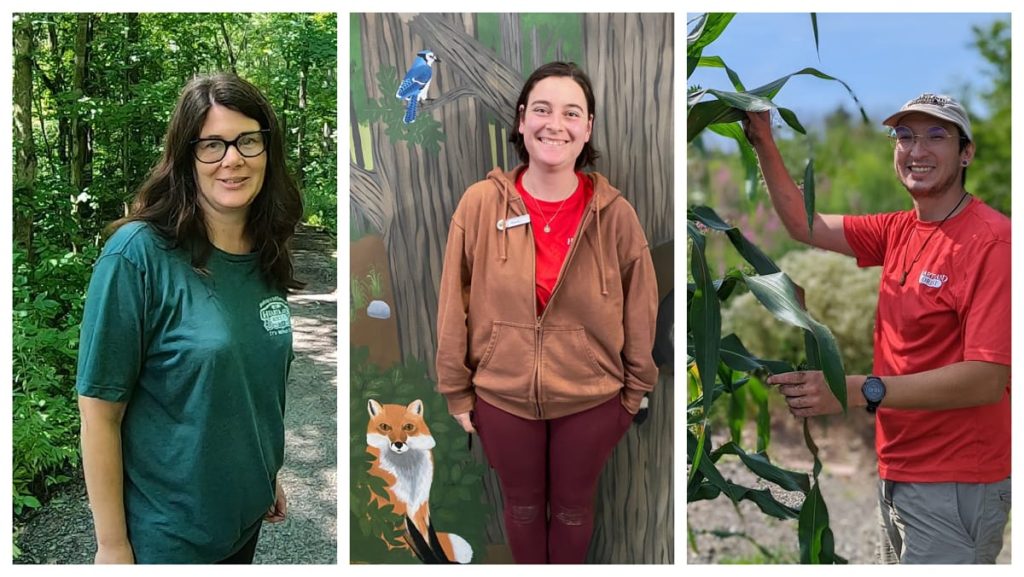
Heartland Forest has seven active environmental projects.
- Biodiversity Corridor Enhancement – Ontario Community Environment Fund
- Woodland Restoration – Ontario Power Generation Biodiversity Grant
- Forest & Wetland Restoration, Exploration and Education – Niagara Community Foundation Environment Grant
- Heartland Forest EcoLeaders – McCall MacBain Foundation
- Wet Meadow Project – TD Friends of the Environment Foundation Grant
- Seasonal Forest Program – Bosch Community Fund
- Nature Exploration Area – Syensqo
Biodiversity Corridor Enhancement – Ontario Community Environment Fund
Ministry of Environment, Conservation and Parks
A biodiversity corridor including native trees, shrubs and wildflowers is being enhanced along an existing accessible walking trail. The accessible walking trail runs along a small watercourse originating in the forested swamp and restored wetland. A manicured play field also borders a portion of the walking trail. The walking trail provides access from the parking area to the restored wetland and forest trails. Disturbance, specifically clearing, has left only isolated fragments of vegetation.
PLANTING ACTIVITIES: Activities include site preparation such as soil tilling, topsoil addition, mulch addition, native tree and shrub planting as well as wildflowers, weeding and tree/plant maintenance. There have been opportunities for significant volunteer engagement with planting events scheduled in celebration of Earth Week 2025 as well as a wildflower planting community event.
EDUCATIONAL ACTIVITIES: Educational activities were incorporated into our adventure camps and school bookings. The programming was developed at an elementary school level tailored to Ontario school curriculum.

Woodland Restoration – Ontario Power Generation Three-Year Biodiversity Grant
RESTORATION PHASE 2: Invasive Species Removal and Planting Native Species
- Follow multi-stage Integrated Pest Management (IPM) Plan.
- Phase 2 invasive species removal will include removing buckthorn by contractor.
- Native tree and shrub species will be planted throughout the phase 1 area strengthening the resiliency to invasive species returning. Buffer planting will take place along the border of an adjacent corner lot (Brown Rd and Heartland Forest Rd). Large diameter tree plantings will restore a portion of mowed area of playing field strengthening the forest edge buffer.
COMMUNITY ENGAGEMENT
Heartland Forests will host citizen science projects and workshops including: invasive species removal and native planting workshops; oak wilt monitoring and training, indigenous workshop featuring the Growing Together with the Forest learning station, stewardship guide part 1 and habitat creation workshops.
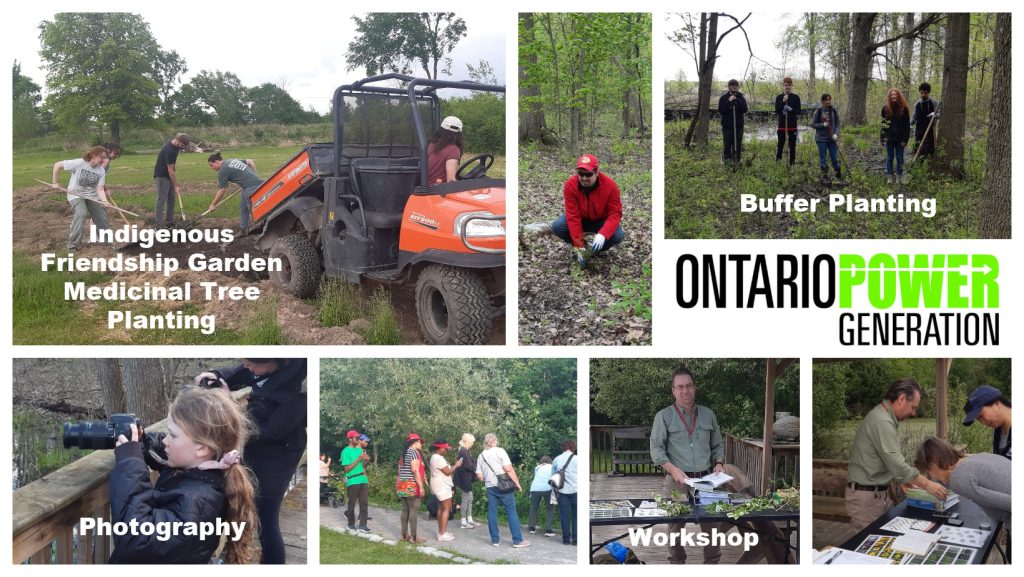
Forest & Wetland Restoration, Exploration and Education – Niagara Community Foundation Environment Grant
Data from the Natural Area Inventory (NAI) and Sensitive flora Mapping – funded by a NCF 2024 Environment Grant – has identified areas of concern with Heartland Forest’s unique Carolinian Forest and Provincially Significant Wetland. The data and mapping are being used to steer restoration projects and the following has been identified as priority areas for 2025:
- Monitor Heartland’s bat population and survey the bat maternity roost;
- Restore native plant diversity within impacted areas to reduce threat of invasive species;
- Enhance the resilience of habitats and ecosystems with control measures against invasives;
- Expand NCF’s tree nursery to include a greenhouse and education program;
- Hold training sessions on Oak Wilt Monitoring – a current regional threat;
- Increase community stewardship through workshops and outdoor learning stations;
- Install a Willow exploration structure within the Nature Exploration area;
- Create a ‘tree cavities make great homes’ exhibit within our Discovery Atrium.
Environment Grant Media Release
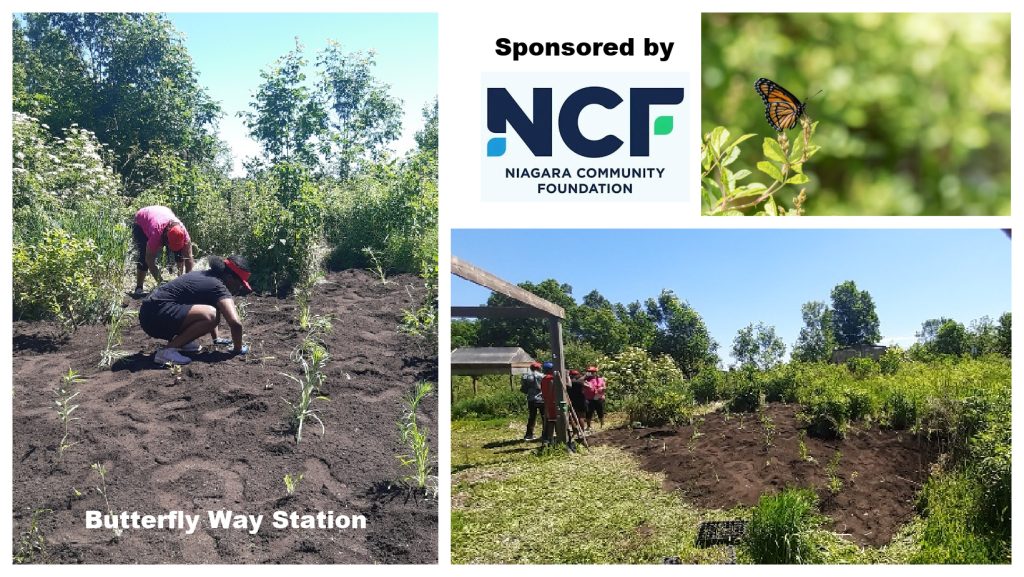
Heartland Forest EcoLeaders – McCall MacBain Foundation
(1) Heartland Eco-Leaders – recreational program focusing on environmental restoration, citizen science initiatives and outdoor recreational activities at Heartland Forest. Ages: 14 – 18. Regular bi-weekly sessions offered year-round; open in-take year-round; additional PD day, March Break and Summer Break workshops; and monthly CWF Wild Outside off-site seasonal community-focused projects. Complimentary resources provided by Ontario Nature and CWF Wild Outside.
(2) Heartland Event: Heartland Forest Youth Summit – Held during March break the Youth Summit will celebrate the program participants’ achievements over the past year. The Youth Summit will be teen-led and include local environmental/nature organizations for future opportunities for youth in the environmental community.
Wet Meadow Project – TD Friends of the Environment Foundation Grant
This project will: 1) restore our wet meadow; 2) improve habitat conditions; and 3) educate for conservation purposes
Citizen science components include: Natural Area Inventory – 3 season meadow plant inventory, invasive plant workshops, invasive plants removal volunteer days, native plants of the meadow ID workshop, native plantings volunteer days, woodworking workshops for building habitat structures, and a pollinators celebration event.
Seasonal Forest Program – Bosch Community Fund
With this funding we will continue to provide place-based learning for Kindergarten to Grade 3 and EXPAND our place-based programming for Grades 4-8. We will also provide opportunities for Heartland Forest’s Environmental Team to bring hands-on learning directly to schools.
Themes like native plantings, invasive species, modern human impacts, and species at risk will broaden their knowledge and instill a deep appreciation for nature. This initiative is a testament to the commitment that Heartland Forest is nurturing the environmental stewards of tomorrow.
https://www.linkedin.com/pulse/four-organizations-further-enrich-learning-communities-bosch-jiugc/

Nature Exploration Area – Syensqo
With this project we will create habitats and programming for Heartland’s new Nature Exploration Area Learning Stations. The area is comprised of six learning stations – each with a theme.
- Mammals of the Forest – Flying Squirrel Boxes & Bat Boxes
- Pollinators – Native Bee & Bumble Bee Boxes
- Spiders and Insects – Bug Hotel (May 19 th PD Day Project)
- Wetland Eye Spy – Turtle Sunning Platforms & Mallard Boxes & Salamander Boards
- Birds of Niagara – Bird Feeders & Owl Nesting Boxes
- Burrowing Animals (muskrats, voles, chipmunks) – Build a Burrow that children can crawl through

